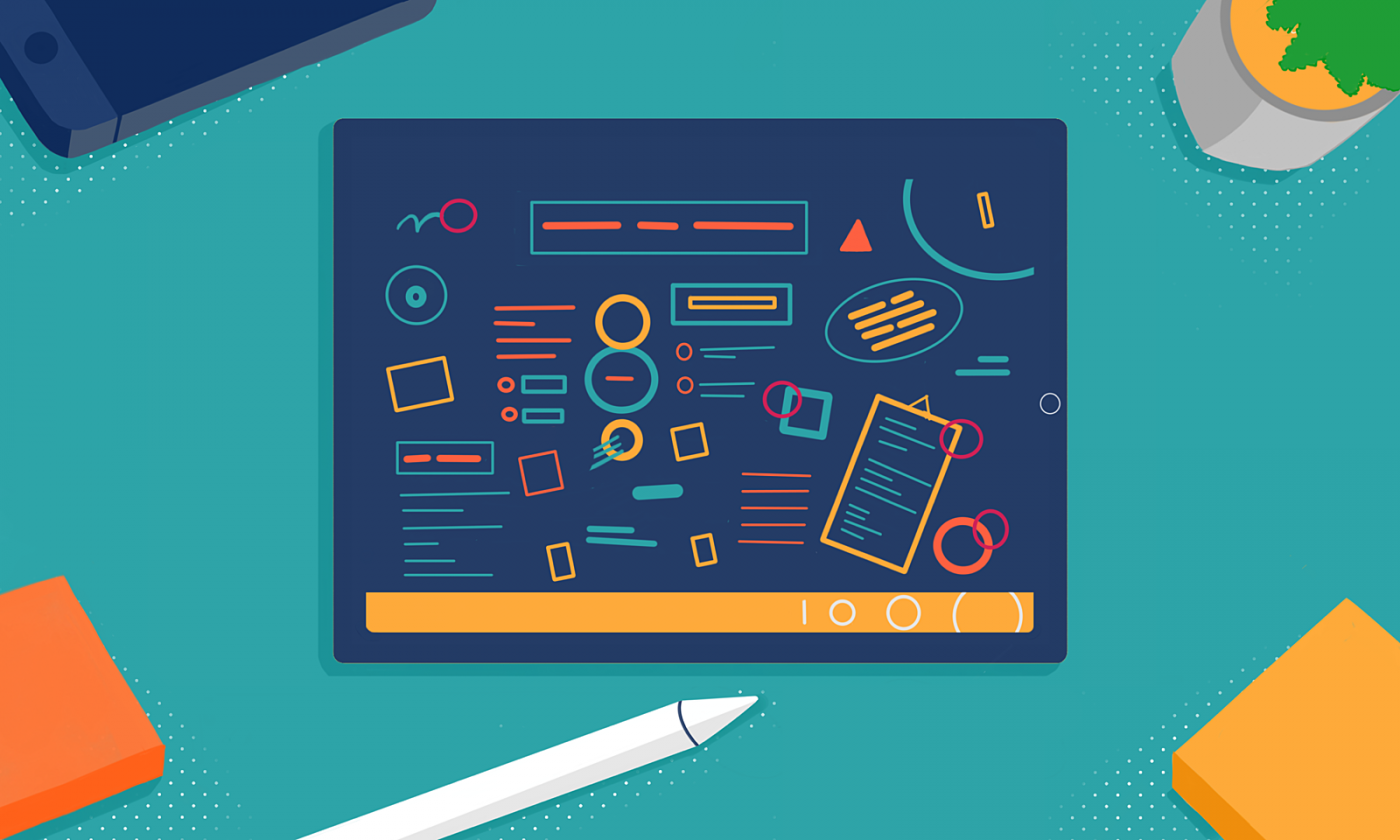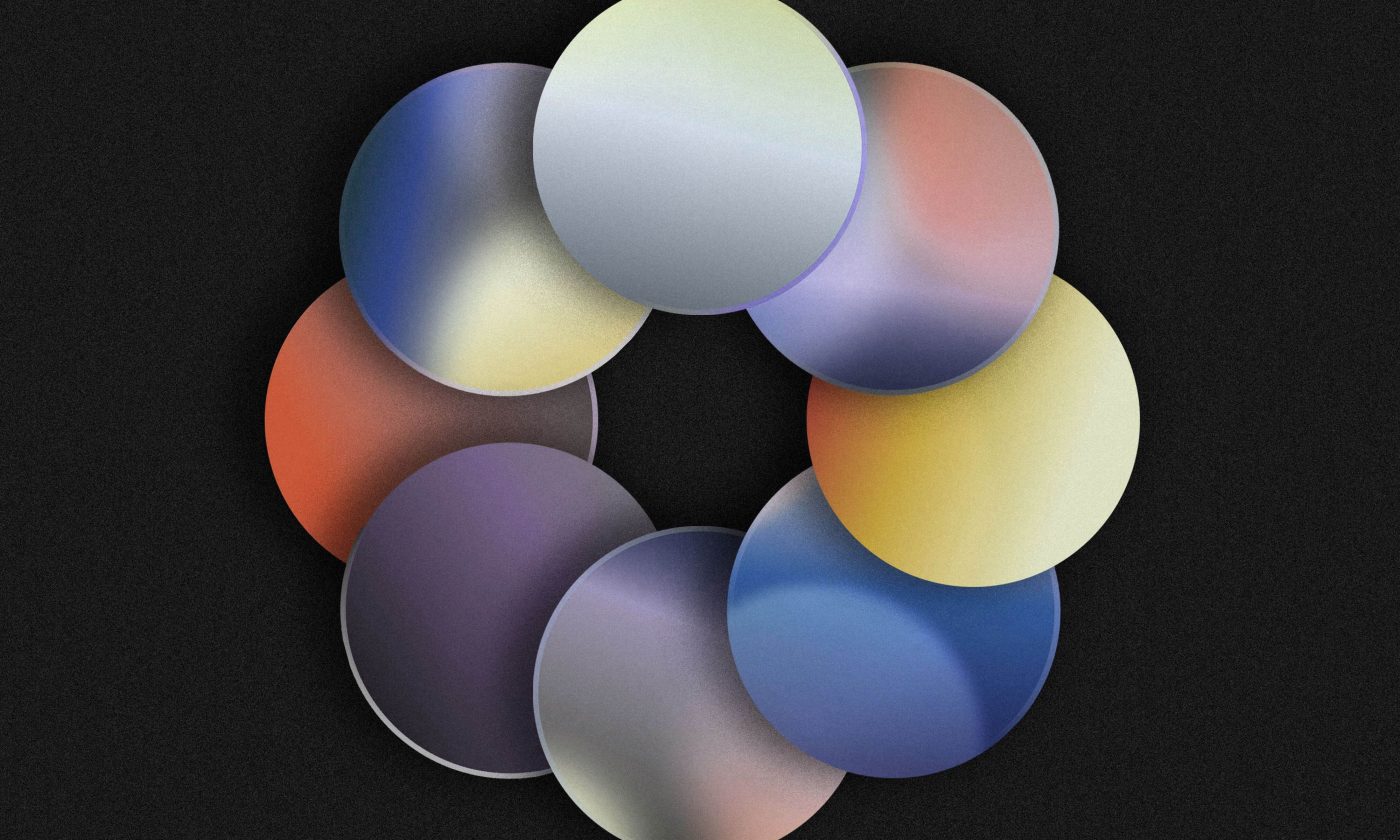When I first heard about user experience design, I’d just quit my job as a radio host and editor and was freelancing in film production. A friend approached me with the idea of building an app. My first reaction was: What? I don’t know a thing about building software! Neither did he, but he had heard about UX/UI design and suggested I look into it. I did, and I fell in love.
This article is not meant to give you instructions and a roadmap for how to become a UX/UI designer with no experience. Instead, the idea is to help you find your own path and hopefully inspire you to pursue a career in UX/UI design.
No degree? No problem.
Let’s begin by asking a simple question: Can you become a UX/UI designer without formal education? The answer is also simple. Yes, you absolutely can.
UX is a relatively new field with only a few specialized degree programs available. Some of the best UX/UI designers started their careers either in a related field or through experience.
Fortunately, this also means that a lack of formal education probably won’t stop you from landing your first UX/UI designer job. However, you will have to demonstrate some skills, knowledge, and experience, and to acquire that, you will have to invest some time and effort.
Change can be a challenge
When you decide to embark on a career change journey, many challenges and obstacles lay ahead. Lack of time, financial constraints, establishing new professional networks, and ultimately accepting lower compensation for an entry position are some of the issues you can expect when changing professions or industries mid-career.
If you are at the very beginning of your career, chances are you have already spent time, money, and energy on your education.
Making a switch requires you to find new motivation, overcome fears and frustrations, gain new knowledge, and build new skills.
However, if you approach this process with care, anticipate and prepare for these hurdles, it can be an exciting, rewarding, and fulfilling journey with a new career waiting on the other side.
Leverage your skills
Before you do anything else, do your research. Explore and learn what UX/UI design is and what the difference is between the two. As you dig deeper, think about what interests you the most, where your passion lies, and whether you can repurpose or build upon some of your existing skills.
There are a variety of career paths you can take within the industry. For example, if you’re into colors and fonts, have an eye for details, or maybe like to draw, you could consider a Visual Designer role. If you like researching, exploring, and analyzing data, you could be a good UX Researcher.
Find the role within UX/UI design that aligns with your skills and interests. Knowing where you want to go early on will help you get there sooner.
However, regardless of whether you decide to lean toward UX or UI design, or maybe stay somewhere in the middle, try and develop your T-shaped knowledge and skills in the design field as well as other aspects of software development. You don’t necessarily have to know exactly how your teammates do what they do, but knowing what they do will help you collaborate with them. The ability to work with others regardless of their areas of expertise is a vital skill in any industry.
How to become a UX/UI designer: the learning process
When it comes to UI/UX education, the best advice I can give future designers is to start exploring, analyzing, and practicing all at once and learn as you go. It will be difficult in the beginning, but over time you will progress, and the jigsaw of UX/UI design will start to fall into place. Here are some tips and tricks to help you start solving your puzzle:
Learn the basic UX/UI principles, laws and methods
Usability, consistency, hierarchy, and user-centricity are just some of the basic UX/UI principles. There are tried and tested guidelines on how to create simple, accessible, and pleasurable designs and user interfaces.
Get to know UX laws, they will help you better understand the complex psychology heuristics relevant to user experience design.
Explore and practice different UX methods like creating personas, user flows, and journey maps; doing competitive audits or user and stakeholder interviews. Learn when is the best time to use each method and what your deliverables should look like.
Master at least one design tool
You want to start by learning all about UX/UI design laws, principles, and methods, but at the same time, you want to learn how to use the tools that will help you create your designs, test features and analyze findings, organize your work, and so on.
As far as design tools go, my advice is to find your weapon of choice and get really proficient at using it.
Go all in and become an expert. In 2023, this may be Figma, Adobe XD, or Sketch, but bear in mind that trends change over time.
However, becoming a master of one tool doesn’t mean you should ignore all others. Try to at least explore and familiarize yourself with all the options available because you never know what the next project will bring. Having at least a basic knowledge of commonly used tools will allow you to make a switch in a timely fashion if needed.
Practice, practice, practice
Of course, when you’re only starting, you won’t have any specific projects to work on. However, it doesn’t mean you should only read books, watch tutorials and create meaningless components and screens in your design tool of choice.
Everything you learn will remain just an abstract theory in your head if you don’t practice on specific use cases.
Therefore, create your own projects. Find a website or an app with a lousy UX or UI and make your own version of them. No need to go for a complete redesign, you can start by focusing on just one feature or one page. See what principles, methods, or laws you can apply to make it better and combine them with the tools you are using.
Get inspired
You are probably familiar with the quote “Good artists borrow, great artists steal.” Don’t take this literally and use it as an excuse to steal other people’s work, but by all means, observe carefully what others are doing, especially those who know what they are doing.
Use resources like Behance, Dribbble, and Awwwards for design inspiration. Design systems like Google Material Design, Atlassian, Shopify, or Mailchimp help you learn more about patterns and functionalities.
When you’re only starting out, you don’t have to start from scratch. You’d be wise to remember another famous saying, that you’re standing on the shoulders of giants.
Gain hands-on experience
As your knowledge, experience, and skills grow, you can start thinking about offering your services for free on a real project. Trust me, people will gladly take the opportunity to have someone work for them for free.
Working on a real project, you gain hands-on experience and get to know the software development process from the inside.
When you get to work on an actual project, you also learn how to collaborate with different team members, and most importantly, you have someone mentoring you in real time.
Pay attention
Here’s a real-life story. One day at the supermarket, I was waiting in line for a self-service cash register. When I finally reached one, I found out that I had to go all the way back to the end of the aisle to get a bag for my groceries. Going around people standing at other cash registers and bumping into those trying to do the same thing, I noticed the bad user experience.
Questions immediately swarmed in my head. Why didn’t they put the bags at the beginning of the aisle, there’s room? Why didn’t they put them next to each cash register, there’s room for that, too? How come nobody is noticing this, do they even care? Please, we need a UX doctor here!
I could go on and on about the learning process, but the last piece of advice I will give is to start paying attention to the design around you.
When you’re using apps, visiting websites, or interacting with other digital tools, notice the design and the experience. Take a close look at both the good and the bad details and analyze them.
Better yet, don’t even worry about this part. If you decide to pursue a career in UX/UI design, this will come naturally. After a while, you will start noticing great design, but especially bad design, all around you.
Go back to school
Based on your current life situation, you should decide which learning path to take. If you have no financial or time constraints perhaps you could consider applying to some UX/UI design schools or programs that will earn you a degree or a certificate, or even provide an opportunity to immediately start working as an intern or a junior designer.
Springboard, NN/g, General Assembly, Design Lab, Careerfoundry, and Human Factors International offer some of the best programs and certificates recognized in the industry, but also the most expensive ones. Don’t worry, though. There are also plenty more affordable options. Do your research and find what best suits your location and budget.
Infinum Academy offers free courses in software design and development to students, recent graduates, and anyone with a proper skillset.
Not only that, but depending on how much effort you put in, you can learn much more than just the fundamentals, and the best students often become Infinum employees.
On the other hand, if you’re on a tight schedule, and cannot commit that much time or money, don’t worry. The pandemic brought forth various remote learning options that are now here to stay. Turn them to your advantage. Yes, you will have to manage your time better, and perhaps adjust some of your habits and rituals, but if and when you get hooked, you won’t find this a hassle.
For example, at one point I stopped reading fiction books and focused only on reading domain-specific books. Instead of watching Netflix, I watched various tutorials to learn new tools I was interested in. And it wasn’t because I felt I had to, I simply wanted to know more and more.
Make lives easier
If you decide to pursue the career of a UX/UI designer, you will probably have your version of the supermarket story very soon. This is what we do, we try to make people’s lives easier, one grocery bag at a time.
And don’t forget, whichever path you take, when it comes to UX/UI design or any aspect of software development for that matter, it is important to know that your learning process never really ends. Grow the habit of continuous learning and nurture it because technology is ever-evolving and impacting our work and our lives in new and sometimes unforeseeable ways.










